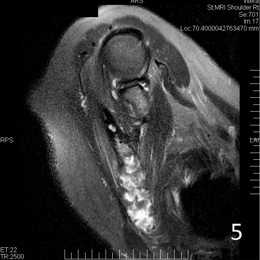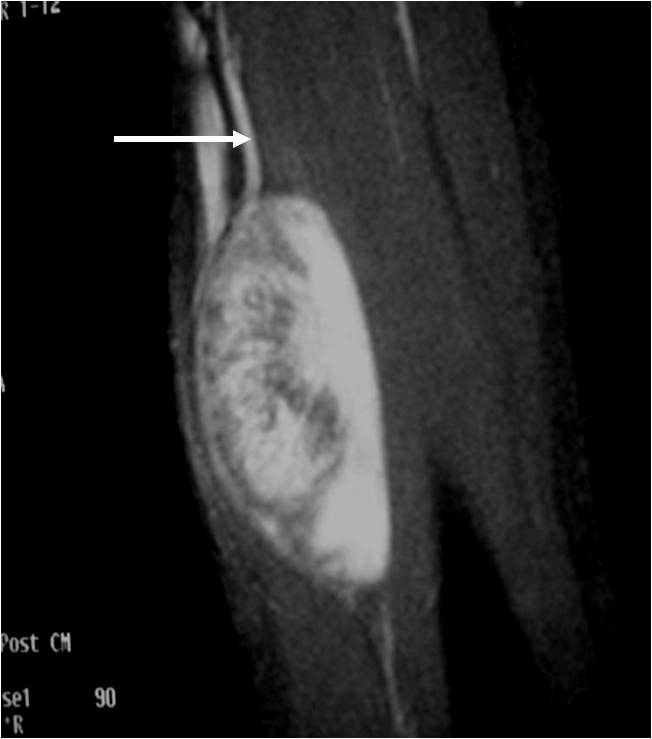What is Fibrous Dysplasia?
Fibrous Dysplasia is a developmental disorder of the bone, which is caused by the inability of the bone-forming tissue to produce mature bone. It can present as one area of bone damage (lesion) or multiple lesions. It is benign, but those particularly with multiple lesions will lead to micro fractures.
Who is usually affected?
- • Children and young adults are most commonly affected.
- • The most commonly affected age group is 5 to 20 years.
- • Men are more commonly affected.
- • Uncommon; 1 in 5,000 to 10,000 per year.
Causes
- • There is a mutation in a G-protein known as the GNAS1 gene on chromosome 20. This causes the inability of the bone-forming tissue to produce mature bone.
- • There is a chance that this disorder can be passed down to your children (heritable).
Biological Behavior
- • Fibrous Dysplasia is a developmental disorder.
- • Rarely, Fibrous Dysplasia can become cancerous.
Signs and Symptoms
- • Most patients have few, if any, symptoms.
- • Occasional bone pain.
- • Bone breaking due to the tumor (called pathological fracture).
Common Bones Involved
- • Facial Bones (Craniofacial)
- • Femur
- • Tibia
- • Ribs
- • Pelvis
Diagnosis
- • The work-up often consists of a physical examination, X-rays, CT scans, MRI, and sometimes bone scans are required.
- • The diagnosis is often confirmed with a biopsy, which means taking a sample of tumor and having it analyzed under a microscope by a pathologist.
Risk to your limbs
Fibrous Dysplasia is a benign, noncancerous developmental disorder, but can lead to deformity and pathological fracture. Tumors can weaken the bone and result in a fracture (pathological fracture) and may require various orthopedic treatments and fixation methods to either treat a fracture or prevent a fracture from occurring (prophylactic fixation). Fixation can be with special prosthetic and joint replacements, metal rods or plates and screws. Cement may be used to strengthen the bone and make the fixation methods more durable.
An example of a Fibrous Dysplasia MRI is shown.

Treatment of Fibrous Dysplasia
If asymptomatic, no treatment is necessary. Patients can be followed periodically if new symptoms occur. If symptoms are experienced, surgical management includes a procedure called internal fixation incase of weakened bones, bone lesion curettage, bone grafting ,and insertion of fixation rods, plates, and screws.
Bisphosphonates
Bisphosphonate limits the loss of bone density. It helps prevent your bone from weakening or potentially fracturing. Patients with metastatic cancer to bone are often treated with intravenous bisphosphonates. In certain cancers, this treatment has been shown to decrease the number of tumors that develop or spread to the bone, strengthen the bone and also decrease the risk and number of pathological fractures.
Intralesional Curettage
Intralesional Curettage means to scoop the tumor out using a spoon-like tool called a curette. This is a surgery that aims to remove the mass and restore the bone so that the patient can get back to normal function. The ABC is identified within the bone and scooped, or curetted, out. The cavity is then shaved down with a Midas Rex Drill, which is similar to a dental drill. This drill removes more tumor cells.
Bone Grafting and Fixation
The empty bone cavity is usually filled with bone graft or bone cement. Bone can be donated (allograft) or taken from the patient themselves (autograft). Fixation devices, such as a plate and screws, may be used in specific situations to prevent postoperative fracture.






